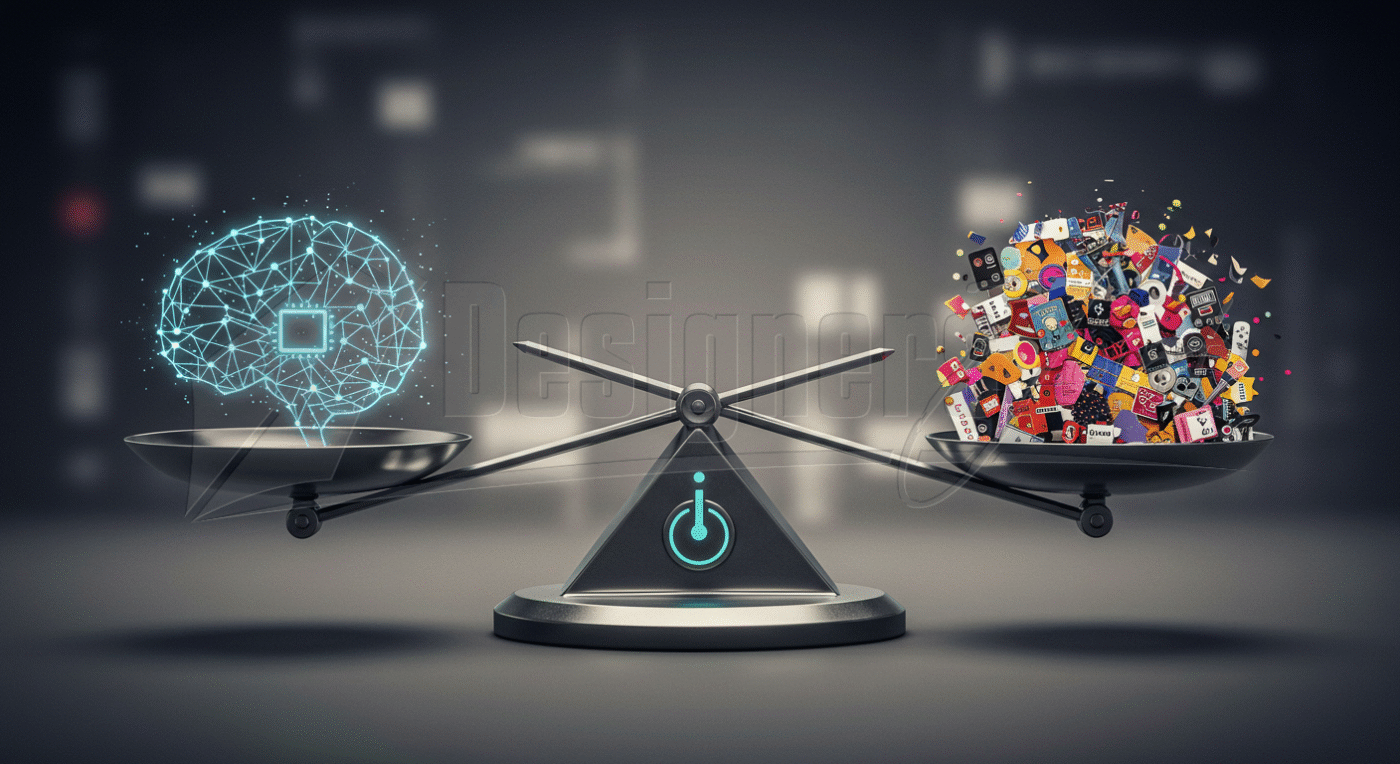Design Guide
Are Templates Still Relevant in an AI-First Design World?
Artificial Intelligence (AI) has completely changed how we think about design. With tools that can generate layouts, suggest branding, and even create entire campaigns in seconds, many wonder: are templates still relevant?
At DesignersJoint.com, where templates remain a key resource for businesses, creatives, and non-designers around the world, this question is more than theoretical. It cuts to the heart of how design is evolving. While AI offers automation and personalization, templates still play a critical role by providing structure, reliability, and accessibility.
In this article, we’ll explore whether templates are still relevant in an AI-first design world, how they complement AI rather than compete with it, and why they remain a cornerstone of the design process.
1. The Rise of AI in Design
In just a few years, AI has gone from an emerging technology to a powerful creative partner. Platforms like Adobe Firefly, Canva’s Magic Design, and Figma’s AI tools allow users to:
- Generate logos and layouts instantly
- Resize content for multiple platforms in seconds
- Adapt designs automatically to match brand guidelines
- Provide endless variations based on simple prompts
For businesses and designers, this means faster workflows and new creative possibilities. AI can analyze trends, suggest improvements, and eliminate repetitive design tasks. However, it doesn’t fully replace the predictability and usability of templates.
2. Why Templates Still Matter
Even in a world dominated by AI, templates remain highly relevant. Here’s why:
- Consistency: Templates ensure designs stay uniform across campaigns, which is vital for brand identity.
- Accessibility: Non-designers can use templates easily, without advanced technical knowledge.
- Speed with Structure: Unlike AI’s sometimes unpredictable results, templates provide a reliable starting point.
- Cost-Effectiveness: Templates cut costs for startups and SMEs who cannot afford full-time design teams.
At DesignersJoint.com, the value of templates is clear: they help businesses save time while maintaining professionalism, even when AI tools are added to the mix.
3. The Power of AI + Templates Together
The smartest path forward is not AI versus templates, but AI plus templates. When combined, they create a powerful workflow:
- Start with a ready-made template from DesignersJoint to establish structure.
- Use AI to adjust colors, generate copy, or suggest layout improvements.
- Finalize with manual tweaks to ensure branding and originality.
This synergy ensures designs are fast, flexible, and reliable—a perfect balance for modern businesses and designers.
4. Templates as Training Wheels for AI Design
For new designers or small businesses, AI tools can feel overwhelming. Without design knowledge, prompts may lead to results that look professional but don’t align with branding.
Templates act as training wheels by guiding users in understanding:
- Balance and composition
- Typography choices
- Color harmony
- Branding consistency
Once users gain confidence, they can integrate AI into the template workflow, ensuring both creativity and control.
5. Global Relevance of Templates in the AI Era
The importance of templates is not limited to one region—it’s global. From startups in Nairobi to e-commerce brands in New York, templates offer:
- Universal accessibility: No design background required.
- Scalability: Perfect for global marketing campaigns that need quick adjustments.
- Localization: Templates can be adapted for different markets and languages easily.
AI adds flexibility, but templates provide the foundation. This makes them essential tools in international branding and marketing.
6. The Future of Templates at DesignersJoint
At DesignersJoint.com, we see the future of templates as AI-empowered rather than replaced. Tomorrow’s templates will:
- Auto-adjust to user branding instantly
- Suggest AI-generated variations while maintaining structure
- Integrate seamlessly with design platforms for global workflows
This means templates will evolve alongside AI—remaining the backbone of accessible and professional design.
Conclusion
AI is transforming the creative landscape, but templates remain highly relevant in an AI-first design world. They bring structure, consistency, and accessibility—qualities AI alone cannot guarantee.
At DesignersJoint.com, we believe the future is not about choosing between AI and templates but combining both for maximum impact. Templates will continue to anchor design, while AI provides new layers of speed and personalization. Together, they make design more efficient, global, and accessible to everyone.
FAQ: Are Templates Still Relevant in an AI-First World?
Q1: Will AI replace design templates?
No. AI enhances creativity, but templates provide the structure and consistency businesses need.
Q2: Can AI work with templates?
Yes. Templates offer a strong base, while AI personalizes and adapts them to specific needs.
Q3: Why do businesses still use templates?
They save time, ensure branding consistency, and reduce costs—making them ideal for startups and SMEs.
Q4: Are templates good for non-designers?
Absolutely. Templates reduce the learning curve and make design accessible to anyone, regardless of skill level.
Q5: How does DesignersJoint fit into this AI shift?
DesignersJoint provides professional templates that integrate seamlessly with AI workflows, offering businesses a future-proof solution.

